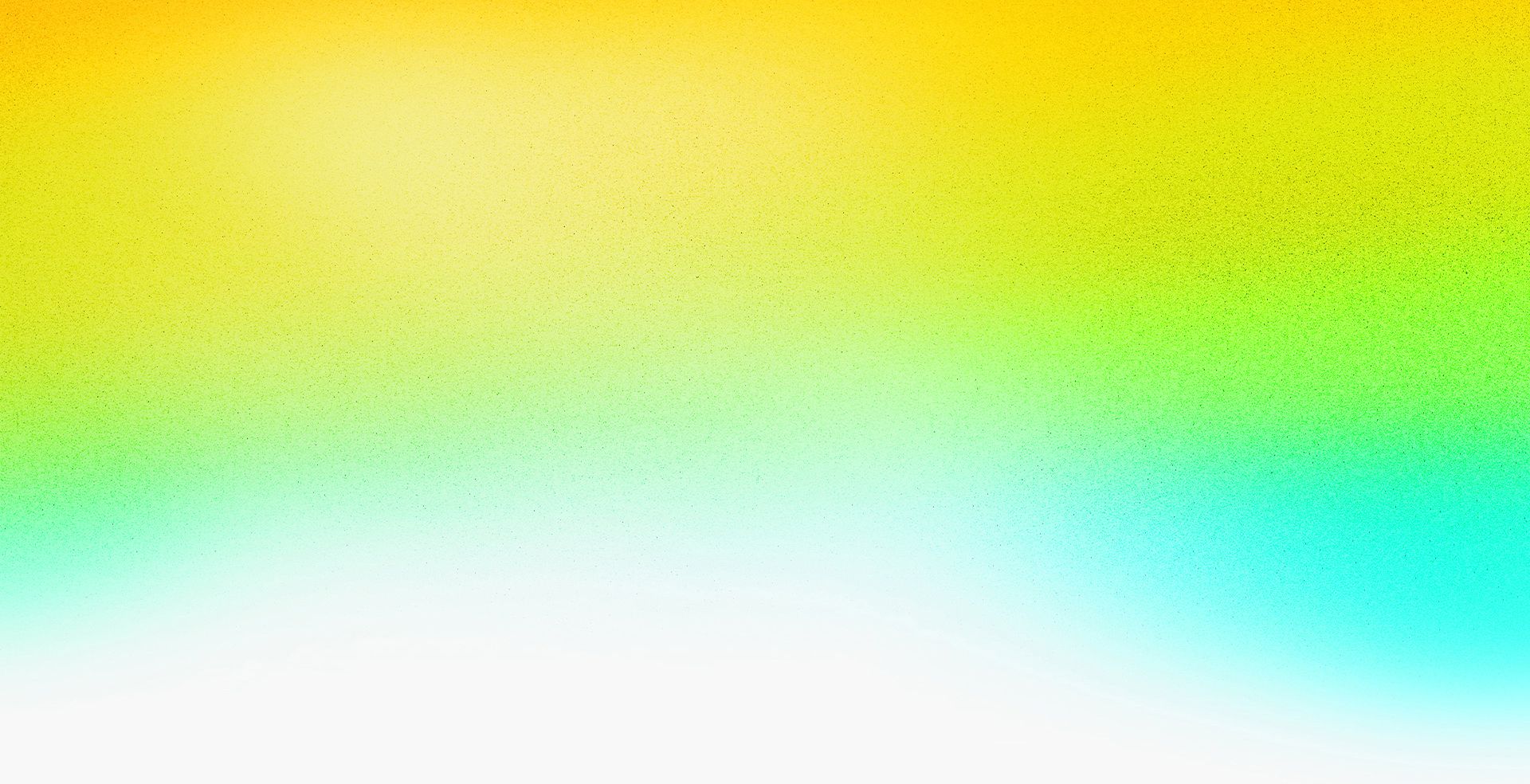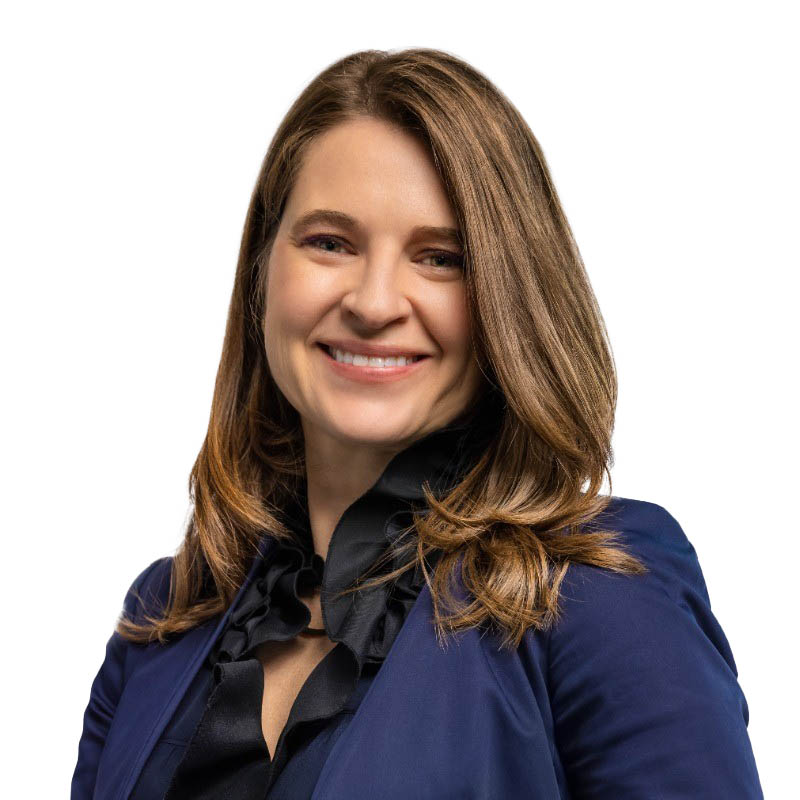Scott Belsky leads corporate strategy and development, is responsible for design across the Digital Media and Digital Experience businesses, and is driving incubation of some of Adobe’s fastest growing emerging products. As Chief Strategy Officer, Scott plants flags for future opportunities in all of Adobe’s markets and leads investments, engagements, and acquisitions in the startup ecosystem. Scott is Adobe’s design leader, working to continuously uplevel design of all Adobe products. And he leads development of key emerging products: 3D & Immersive products, Adobe Stock & Marketplace, and Behance.
Prior to this role, Scott was Adobe’s Chief Product Officer for five years, leading development of all Creative Cloud products. Under his leadership, the company launched Adobe Express, brought flagship products like Photoshop and Illustrator to web and mobile platforms, incubated our 3D & Immersive products, and created the Content Authenticity Initiative, which fosters attribution for creators and enables transparency in digital content.
Prior to joining Adobe in December 2017, Scott was a venture investor at Benchmark in San Francisco. This is Scott’s second tenure at Adobe. He originally joined the company after it acquired Behance in 2012. At that time, he also led Adobe’s mobile and services strategy for Creative Cloud. Scott co-founded Behance in 2006 and served as its CEO for six years. Over the years, Scott has pursued other projects in the creative and investor communities. Those projects include 99U, Behance’s creative think tank and conference, and his two best-selling books, “The Messy Middle” and “Making Ideas Happen.”
Scott has been an advisor on design and product management for leading companies and institutions, including Pinterest, Uber, sweetgreen, Carta, Cheddar, Flexport, Airtable, OpenSea, Ramp, Ro, and Periscope.
Scott holds a bachelor’s degree from Cornell University and an MBA from Harvard Business School. He serves on the advisory board of Cornell University’s Entrepreneurship Program; and the board of trustees for the Smithsonian Cooper Hewitt National Design Museum.






